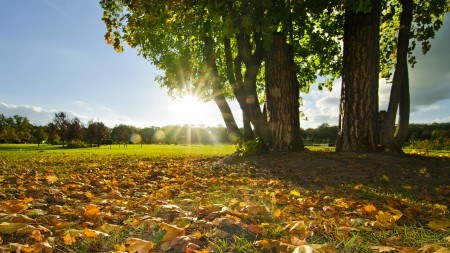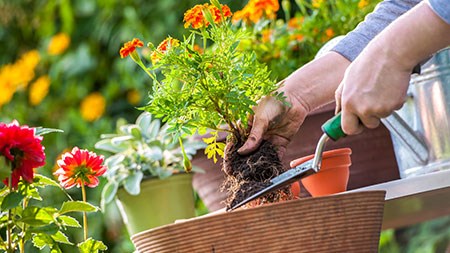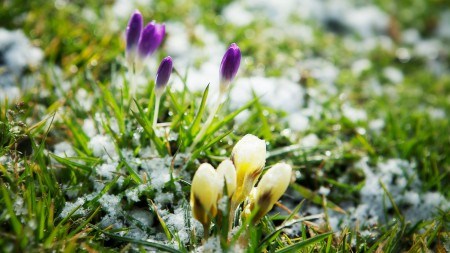The nights are long, the air is chilly and heaters are being broken out of their dusty boxes across the board. Yes, winter has officially arrived in South Africa.
Winter is typically associated with bleak landscapes and colourless gardens. Although gardens do tend to lose some of their ‘zest’ during winter, they need not be dull and uninteresting. Indeed, winter gardens can be beautiful and often require just as much work as summer gardens.
Winter flower bedding plants are one way to go about adding some colour to your garden. These should be planted during autumn to ensure maximum impact all through winter. There are a surprisingly large variety of bedding plants that are suitable for both sunny and shady positions during winter. For sunny areas, consider planting alyssum, calendula, foxgloves, cornflowers, Iceland poppies, pansies, petunias, snapdragons, sweet peas and violas. Flowers such as English daisies, forget-me-nots, fairy primula, primrose and schizanthus do well in shady areas during winter.
When planting winter plants, determine the height they reach at maturity and plant them accordingly. Taller plants like foxgloves should be planted at the back; plants such as poppies are good medium sized plants and primulas make for appealing edging plants.
Other plants which can be planted in winter are indigenous aloes which do much to brighten up gardens thanks to their striking flowers. Aloe varieties range from six metre high trees to diminutive, dainty plants and can be bought at most nurseries. Ornamental kale, kalanchoe, indigenous daisies and geraniums can also be planted in cold conditions.
According to those in the know, bedding plants require fertiliser every few weeks. Many winter flowering plants such as those listed above benefit from ‘foliar’ fertilising. Foliar fertilising entails spraying fertiliser onto the foliage of plants as opposed to spreading fertiliser around the soil of the plant. There is plenty to do during winter in addition to planting. You can replace pots and broken trellises, care for your indoor plants, order seeds, clean and replace gardening tools and plan the layout of your summer garden.
But what of frost? Frost forms when water vapour in the air condenses on exposed surfaces such as leaves and grass and freezes. Frost damages plants because it causes the plant sap to freeze and expand which then ruptures plant cells. In some areas, the air is too dry for ice crystals to form but the conditions are such that plants end up damaged despite the lack of ice. Such frosts are known as black frosts, so named because of the colour of the damaged plants.
Some plants are more frost resistant than others and it’s important to know how much frost the majority of your plants can tolerate otherwise you risk losing a large portion of your garden during winter.
Experts recommend planting as many indigenous plants as possible as these are well-adapted to surviving local conditions year-round. Planting less hardy plants under the canopy of trees and frost resistant shrubs is another way to frost-proof your garden. Applying a thick layer of mulch over the roots of plants, watering in the morning rather than at night and covering vulnerable plants with hessian covers are other useful frost-proofing guidelines. If in doubt, speak to your local nursery.




